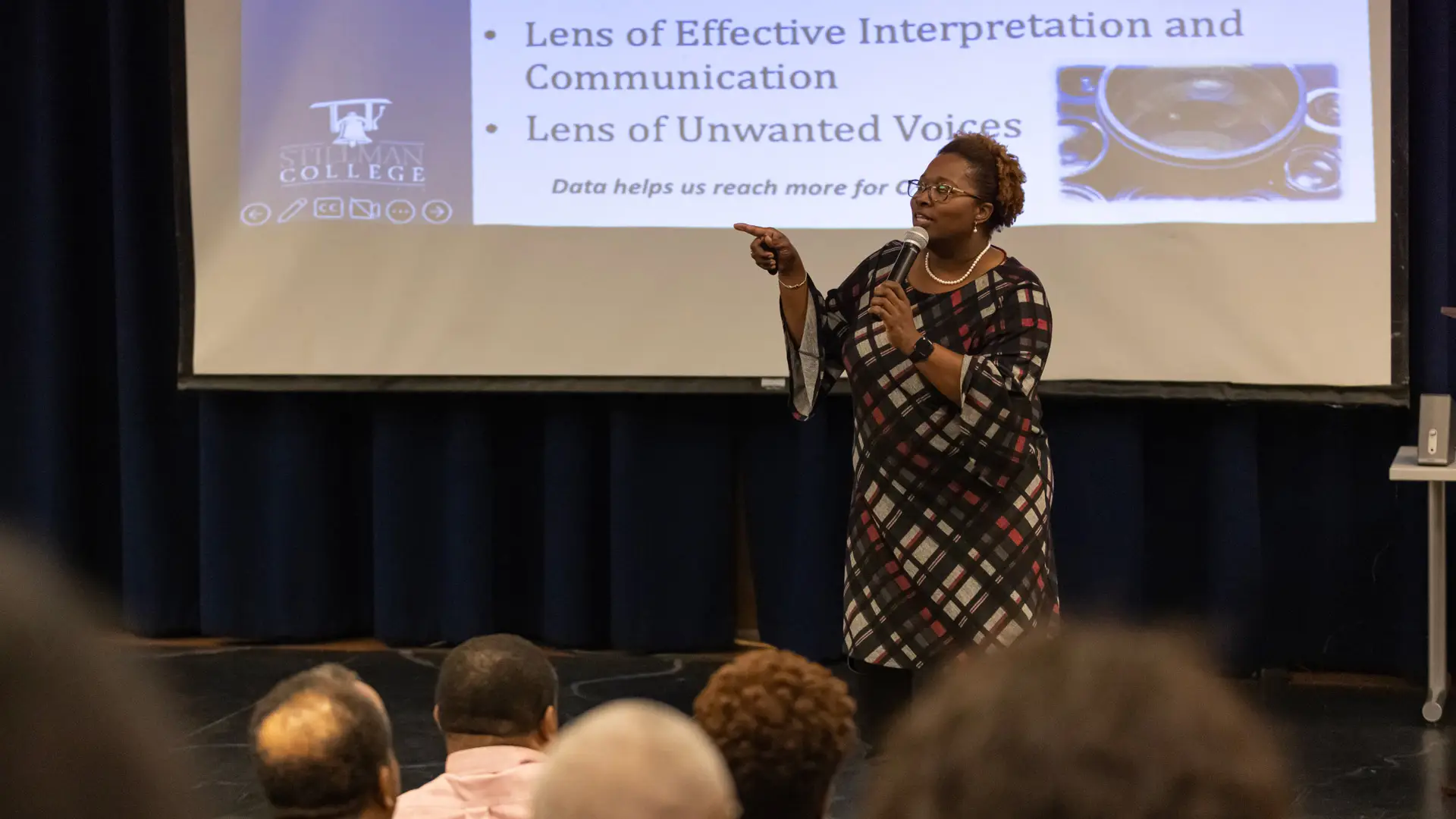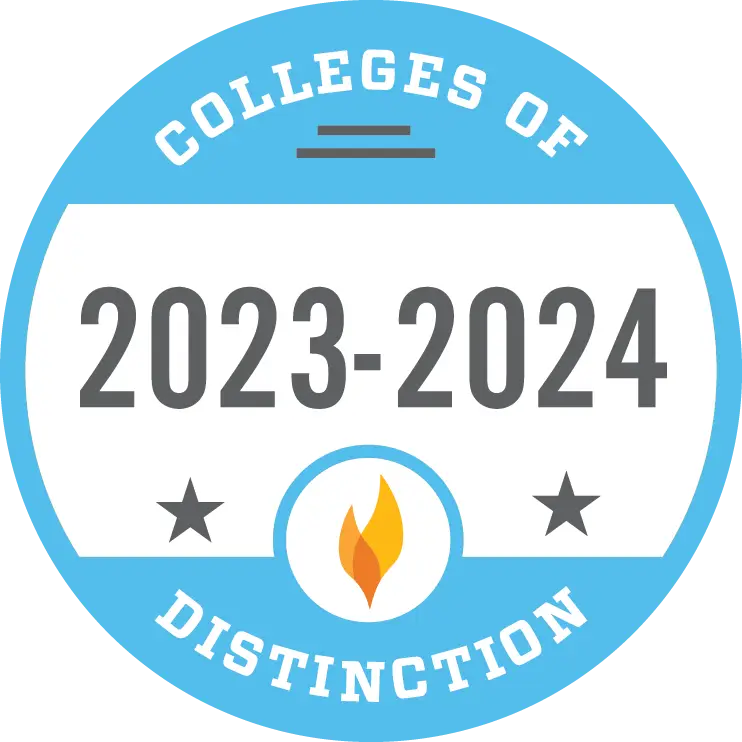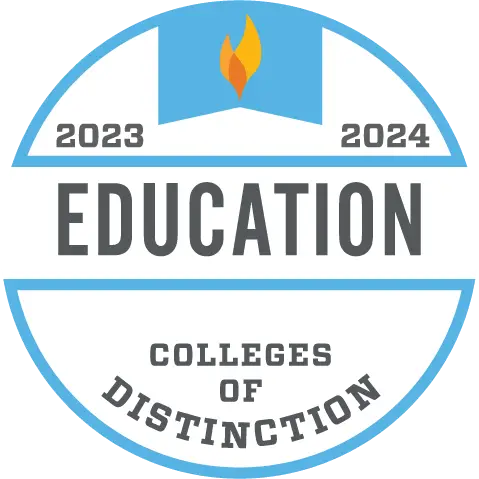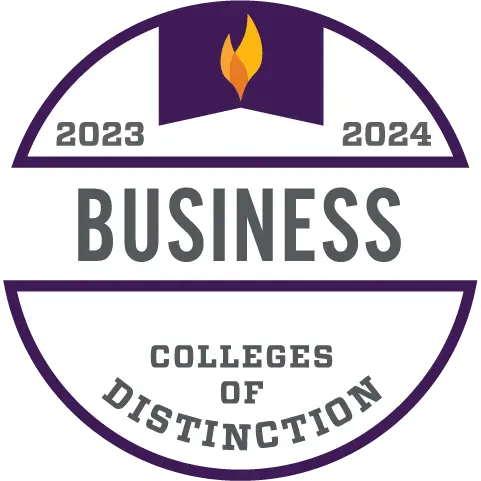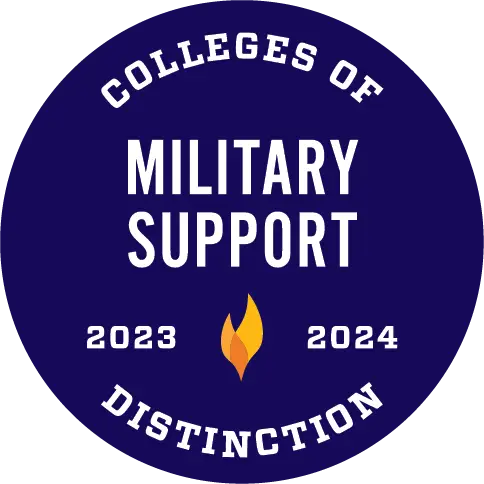Stillman, Lilly Endowment helping churches innovate, ideate in mission to preserve, grow congregations
By David Miller
The global pandemic forced mass adaptation to virtual meeting and learning platforms, but while a segment of the faith-based community had already transitioned to digital and social media to further engage its members, some smaller, traditional Western Alabama churches struggled in this transition.
Having the funding, technology, and personnel to create an online presence and conduct business would prove challenging, but an even greater concern would loom: getting congregations back to the sanctuary, an issue compounded by gradual losses of membership over recent years.
Since the pandemic began in 2020, church attendance nationally has declined; protestant pastors have reported only 85% of church attendance has been retained compared to pre-pandemic levels, according to research by Lifeway.com.
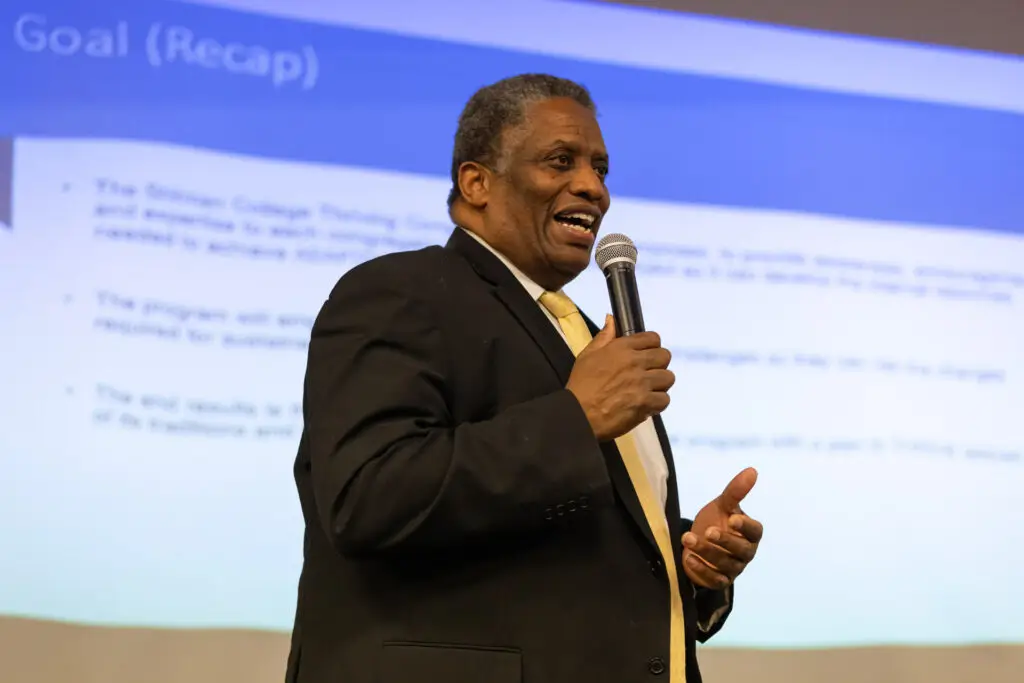
Additionally, Americans’ church memberships has been in steady decline for decades; according to the Pew Center, the percentage of Americans that identify as “Christian” has fallen nearly 30% over the last 50 years, particularly among younger demographics.
Dr. Gordon Govens, executive director of Faith-Based and Social Justice Initiatives at Stillman College, said churches are now forced to think “strategically” and creatively, beyond technical changes, such as having a new sound system or collecting offerings through mobile apps. Instead, churches must adopt new approaches such as collecting data about their communities to better understand the needs of their constituents, and how they can provide better services.
“To meet the new realities of a changing trend towards religion, churches must commit themselves to adaptive change,” Govens said. “For instance, more people have embraced the benefits of online engagement with their church. Therefore, how do you create a virtual sanctuary that can give the participants as close of a feeling of fellowship and closeness to a church experience without physically being there? Another challenge is, how do churches change how they attract and engage young people?”
Now, churches have help from a community pillar and partner to help address these issues: Stillman College.
Stillman, through a $1 million Thriving Congregations grant from the Lilly Endowment awarded in 2020, is providing resources and guidance to help churches “reimagine and restructure their identities to move from survival to thriving.”
Stillman has partnered with 14 churches in the area and is currently in the second of three phases across the five-year cycle of the grant:
- Phase 1: Orientation, listening sessions and data collection (one year) to understand each church’s socio-cultural context.
- Phase 2: Engage church leadership and identify each congregation’s values and mission. Provide expert assistance in congregational dynamics and leadership (two years).
- Phase 3: Concentration on cultivating Christian practices, culminating with each congregation making a proposal for two significant projects – one internal, and one external.
“Since 2022, we’ve met with the leadership teams of each cohort church – individually and in groups – at least five times via Zoom, which has helped inform the next phase,” Govens said. “As we have done the past two years, over the next three years, we will use consultants and workshops to educate the churches on how they can put evidenced-based best practices in place, guide them in rethinking their mission, and lead them in honest group reflection on their strengths and weakness as churches.”
The congregations convened in late January for their first “live meeting” with 65 church leaders for a day-long conference on Stillman’s campus. Presented by experts, including Dr. Rosianna Gray of Stillman College, the topics included, along with question-and-answer sessions:
- Church dynamics and thriving (with Q-and-A)
- Shifting congregational mindsets for church growth and thriving
- How data should shape a church’s thriving strategy
- Virtual solutions: how to grow membership and extend your church’s mission through online worship
- Adaptive change: re-imagining a church’s mission toward a thriving future
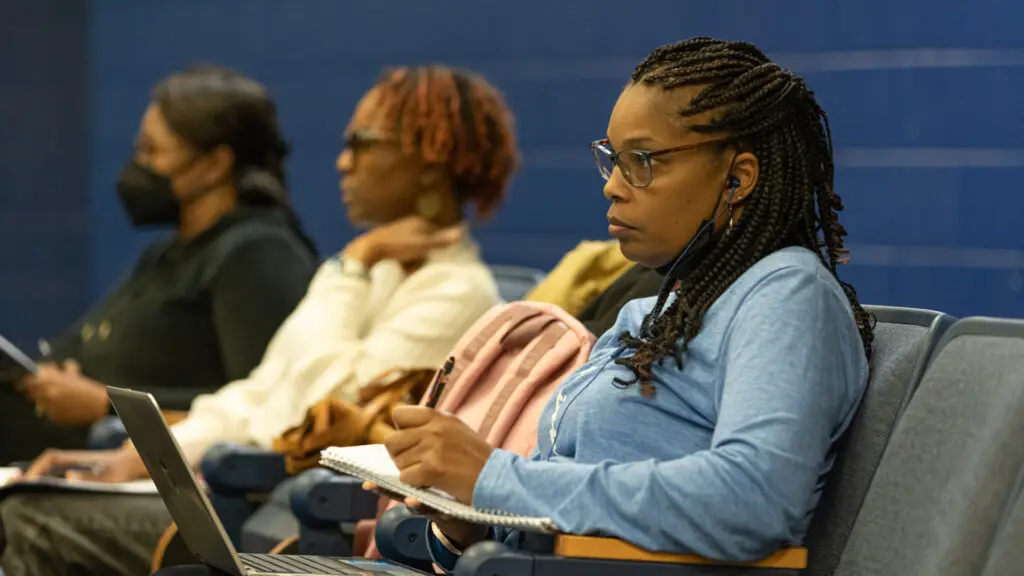
The conference provided insights into the data collected over the first year of the grant. For instance, some of the churches experienced an uptick in giving during the pandemic and found virtual platforms incredibly helpful and effective for checking on members who were confined to their homes due to age or sickness, providing bible study virtually, and gaining new members and recapturing those who moved away from Alabama.
Those findings would help generate practical and ideological solutions during the conference, such as creating an online giving page where members could easily designate their offering, as well as ancillary ministries held online to create flexibility for members. Conference participants were provided strategic plans to help create outreach and ministry to specific populations in their areas, such as single mothers.
Additionally, Govens and Rev. Thaddeus Steele, a Stillman business professor and pastor of Hunter Chapel AME Zion Church who co-wrote the grant with Dr. Joseph Scrivner, the dean of Religious and Spiritual Formation at Stillman and pastor of Brown Memorial Presbyterian Church, requested a budget reallocation from Lilly to help provide grants to churches to upgrade their technology and put the knowledge gained at the conference into practice.
“The Thriving Congregations Conference was monumental in bringing each congregation the resources needed to truly thrive again,” said Rev. Camisha Thomas-Shabazz of Tabernacle AME Zion Church in Tuscaloosa. “I was enlightened and stimulated to begin working and implementing what I learned. My congregation left the Thriving Congregations conference wanting more.”

